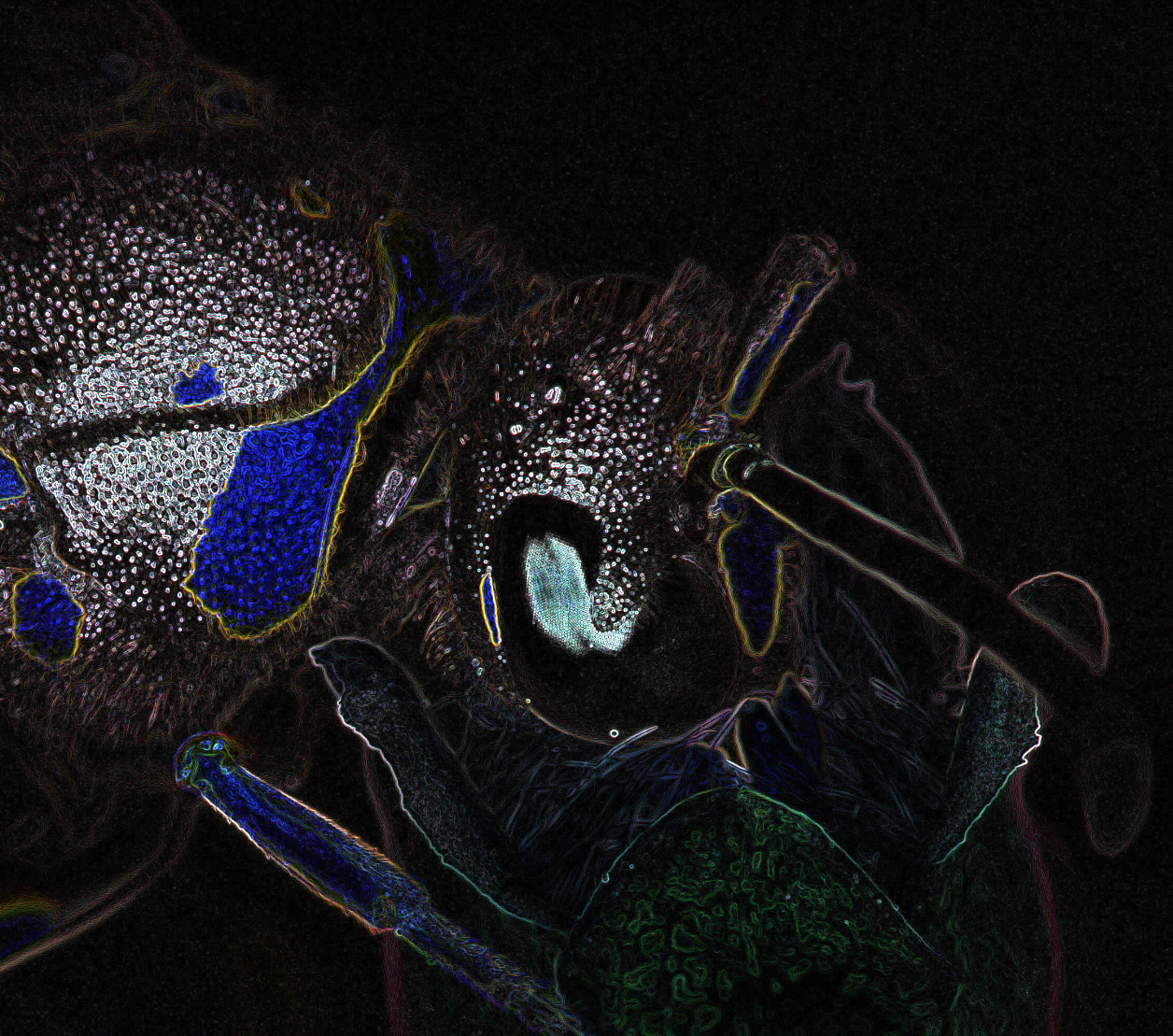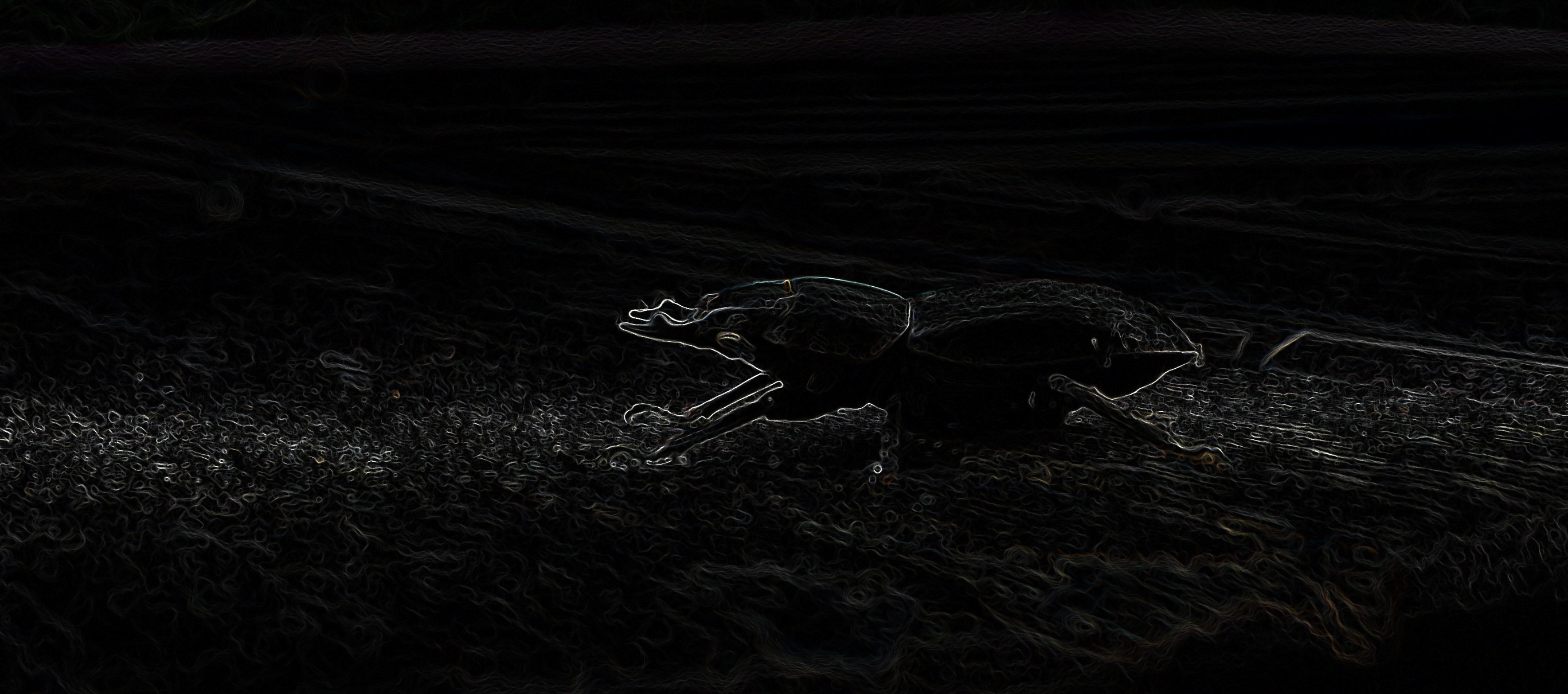I guess that’s the whole point why most people tend to build some kind of relationship before jumping into bed. It’s not weird if there is trust and affection between the people involved. It’s also a basic instinct of most animals, it’s something you want so any awkwardness that may arise is secondary.
lol3droflxp
- 0 Posts
- 53 Comments
When I couldn’t afford a new species that I wanted to keep :(
If you don’t like the act that leads to reproduction, you’re less likely to reproduce meaning that your genes will probably not be represented on the next generation and therefore the likelihood of people not enjoying reproduction is generally low.

 5·8 months ago
5·8 months agoI’d like to be able to hear like a bat. There’s so much of the sound spectrum we normally don’t perceive and it’d also be cool to experience their echolocation.

 6·8 months ago
6·8 months agoOur eyes are pretty good at working in air though. The only thing that makes them fish like is that they have to stay moisturised really. I doubt that filling them with air would do much, we could maybe get rid of floaters though. The dumbest thing about our eyes is that they’re inverted with nerves and blood vessels being in front of the receptor cells so I’m wondering how much they’d improve if they were properly constructed like in squid.

 8·8 months ago
8·8 months agoThey probably can’t see colour very well though. They may have more receptors but they can’t mix those as well as humans so it’s a bit like looking at an 8 bit game with some new colours. Also the resolution of their eyes is abysmal. Birds have one receptor more (UV) and really sharp vision. That’s where it’s at imo.
I fear that it will be the former.

 7·8 months ago
7·8 months agoElectric brushes (with regularly changed tips) can be amazing. There are also some inexpensive ultrasonic ones and I’m absolutely happy with mine. It’s a whole other level than handbrushes.
It’s a common bug that the post button on some interfaces doesn’t seem to do what it should when it actually does but the interface doesn’t show it.
Less of a hill and more of a well constructed 15th century fortress with about 100 loyal defenders at your service.

 2·8 months ago
2·8 months agoI guess that AI generated stuff will also have some telltale signs of being fake for quite some time if you actually look for it.
To protect against violence

 6·8 months ago
6·8 months agoI have that as well when I’m really tired. It’s more like dreaming of the situation you’re in though. When I actually open my eyes, some stuff is different and people are somewhere else.

 4·8 months ago
4·8 months agoThey can be certain burning gasses, lights in the distance and such. Depends on the are and weather sometimes.
Yeah, the tropical species can be really wild, but also the Mediterranean ones can be quite colourful.
You’re welcome!
Rather small compared to the deep sea ones you are probably thinking of. They’re terrestrial so many people will call them rolly polys or something like that.
The largest species I currently have are Porcellio hoffmannseggi, as far as I know the largest terrestrial ones and they get to about 5 cm total length and maybe 3 cm body length.
I once tried to breed amphibious Ligia oceanica ones that I collected, commonly referred to as sea slaters. They were a bit bigger in terms of body length but needed saltwater and also didn’t fare well with room temperature I am afraid.However the P. hofmannseggi are fairly easy to keep and inexpensive. They just need a small container with a bit of soil, leaf litter and some dead or rotting hardwood to hide under, I spray them about once per week. It’s a great hobby.
There are also small freshwater species that can be kept in aquarium but they are not sold anywhere and you can usually collect them yourself.
4 species of roaches (Pseudoglomeris magnifica being the prettiest in my opinion), 3 species of isopods (Merulanella sp. scarlet being my favourite) and 2 species of beetles as well as shrimp and snails in an aquarium.

 1·8 months ago
1·8 months agoGuess you’re happy then 👍

 1·8 months ago
1·8 months ago-
I didn’t. I meant it, to use another terminology, as ancestral/derived traits. Maybe you get that.
-
I didn’t, also you can’t prove absence of something as you should know.
-
Do you actually believe ants have closely similar cognitive abilities to humans? Where does this idea come from? At the beginning of the century entomology textbooks actually featured flowcharts to predict insect behaviour. We found out that there is more individuality and adaptability but it’s still not comparable to animals with more complex brains.
You have provided effectively 0 evidence to prove anything as wild as ants forming some elaborate society that would be even nearly as complex as that of humans. Show me this research that you speak of or maybe try to lay off the pop-sci a little.
-



I don’t think that has anything to do with having sex.